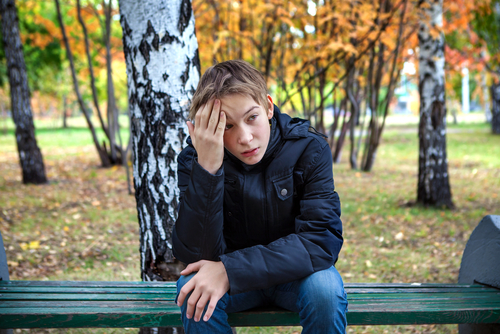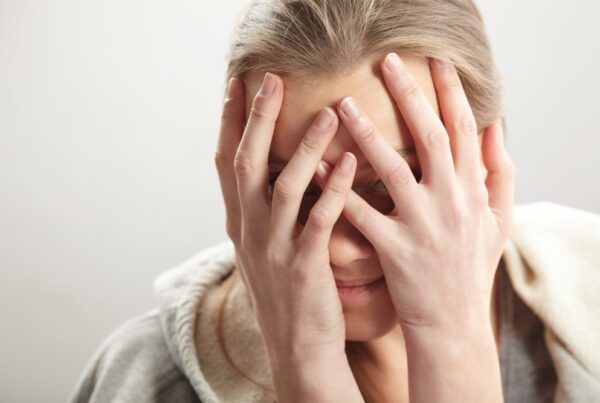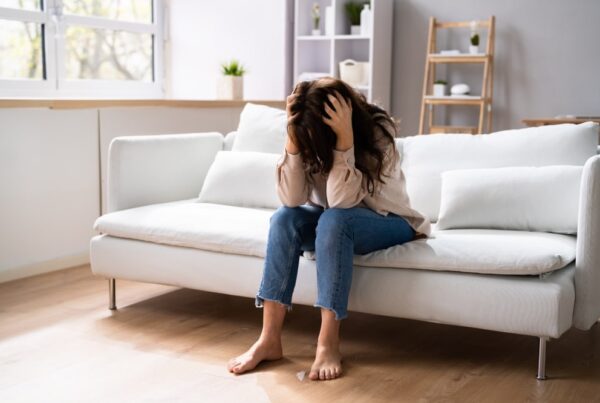Preadolescence and adolescence can be incredibly challenging periods in a young person’s life. It is both normal and unavoidable for a young person to experience bouts of anxiety, especially during their teenage years. However, severe and frequent levels of anxiety that interfere with a young person’s ability to complete everyday tasks could be indicative of an anxiety disorder. In some cases, it can be difficult to discern normal levels of anxiety from debilitating anxiety levels, especially as children endure the countless physiological changes that occur during the preadolescence and adolescence stages. It is generally best to err on the side of caution when it comes to a child’s mental and emotional wellbeing. In situations where a child’s anxiety becomes increasingly problematic to the point that it interferes with his or her ability to function socially, occupationally, and/ or educationally in daily life it is best to pursue guidance from a qualified mental health professional. Every child is different and will respond distinctly to the varied methods of treatment for anxiety.
What Are Anxiety Disorders?
Anxiety disorders are a common mental health condition that is characterized by persistent feelings of fear, worry, and/ or distress. There are several different types of anxiety disorders. Children with anxiety disorders are likely to have one or more of the following:
- Obsessive-compulsive disorder (OCD)
- Generalized anxiety disorder (GAD)
- Selective mutism (SM)
- Panic disorder
- Phobias
- Social anxiety disorder (SAD)
- Separation anxiety disorder
Research has discovered that anxiety disorders are more prevalent in females than males, of all ages.
Signs and Symptoms of Anxiety Disorder
There are many different types of anxiety disorders, and each have their own respective set of symptoms. Some of the more general signs and symptoms that span across most anxiety disorders could include, but are not limited to, any combination of the follow, as provided by Centers for Disease Control and Prevention (CDC):
- Difficulty falling asleep
- Fatigue
- Trouble concentrating
- Muscle tension
- Behavioral problems
- Excessive worry
- Strong startle response
- Nervousness
- Nausea
- Sweating
- Fear of being alone
- Nail biting
- Frequent urination and/ or bedwetting
The Child Mind Institute has pointed out that, unfortunately, nearly eighty percent of young people with anxiety go untreated.
Treatment
There are many different therapeutic modalities that can be used to treat children with anxiety. With the help of a qualified mental health professional, the nuanced mental health needs of each child will be considered and used to develop a customized treatment plan. The specific components of a child’s anxiety treatment plan could consist of a combination of different therapeutic approaches. It is highly common to include cognitive behavioral therapy (CBT) in one’s treatment plan. Cognitive behavioral therapy is a goal-oriented psychotherapy treatment approach. Through CBT a child can learn to replace and adjust negative self-views through behavior modification. Other treatment options that could be included in a child’s treatment plan may be creative arts therapies, group therapy, exposure therapy, and medication. It is important to note that though medication is always an option, for some children it may be unnecessary.
Disclaimer:
The information above is provided for the use of informational purposes only. The above content is not to be substituted for professional advice, diagnosis, or treatment, as in no way is it intended as an attempt to practice medicine, give specific medical advice, including, without limitation, advice concerning the topic of mental health. As such, please do not use any material provided above as a means to disregard professional advice or delay seeking treatment.




